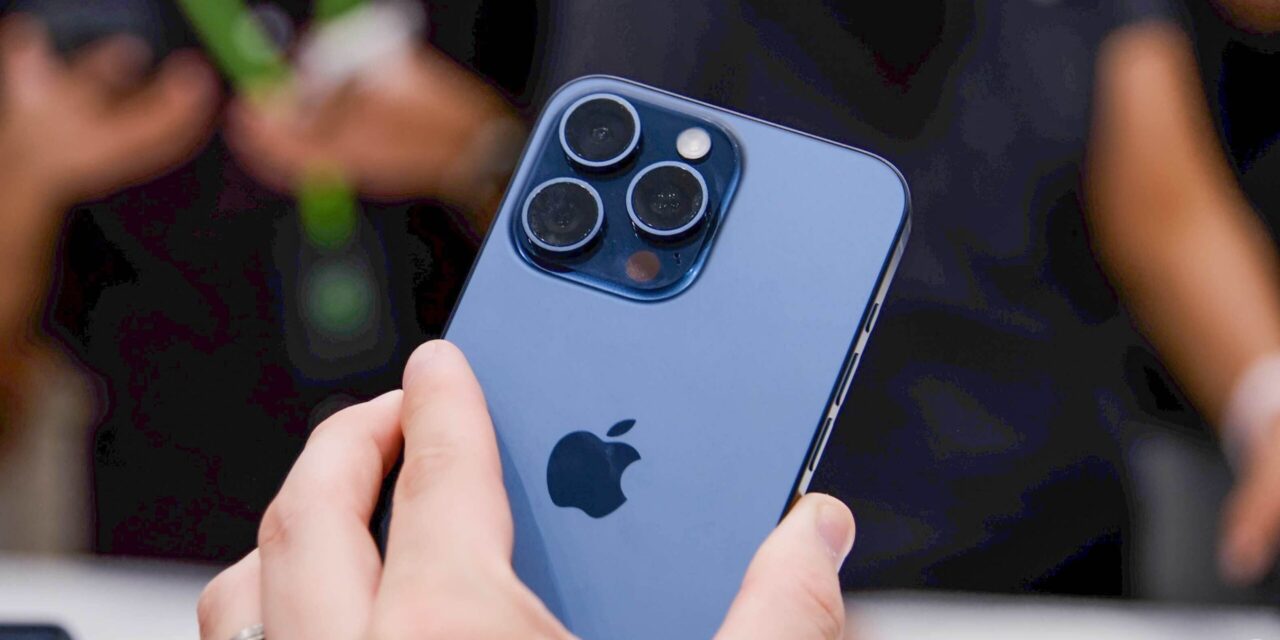Over the last several years, Apple has added new features to the iPhone and Apple Watch, such as fall detection and crash detection. When activated, these features are designed to automatically call emergency services if triggered.
While these features have saved countless lives since their respective releases, there are also occasional false positives. These false positives are apparently such a nuisance to some law enforcement agencies that those agencies are encouraging residents to disable the features altogether.
Fall detection, crash detection, and Emergency SOS
Fall detection launched with the Apple Watch Series 4. If it detects a hard fall, it taps you on the wrist, sounds an alarm, and displays an alert. If you’re able to respond to the alert, you can say you’re okay or request emergency services. If you fail to respond to the alert, your Apple Watch will call emergency services itself.
Crash detection debuted last year with the iPhone 14 and Apple Watch Series 8. It works much like fall detection; if your iPhone or Apple Watch detects that you may have been in a car crash, you’ll receive a notification, and you can confirm you’re okay or ask for emergency services.
The iPhone and Apple Watch also both offer the basic Emergency SOS feature, which allows you to call emergency services using a certain button combination:
What first responders say
The combination of these features is leading to an influx of false calls to emergency services across the country. A report from this week focuses on how this problem is impacting first responders in Minnesota.
The report, like others we’ve seen, recounts that the iPhone 14 and Apple Watch’s crash detection feature is being falsely triggered by people partaking in snow sports like skiing and snowboarding.
When these accidental calls are made, the dispatchers are required to send first responders to the location unless the person who made the call can confirm it was a mistake. In some instances, this involves sending a rescue squad, law enforcement, EMS personnel, and more.
Cook County Sheriff Pat Eliasen told MPR News that his dispatch center received around 700 false 911 calls in 2022. The agency reportedly saw “a spike in calls over the holidays, some of which were accidentally triggered by crash detection.”
“It was taking up a lot of time in our dispatch center, and if they can’t verify that it’s false, then they have to send deputies out, and it’s a lot of stress on our office, being that we’re a small office in the first place, to go and track some of these calls down,” Eliasen said.
The problem has apparently put such a strain on some departments that first responders are telling residents to “turn off” some of these features:
Both Cook and Stearns County have encouraged residents in the past couple weeks to check the settings on their devices, and turn off the automatic emergency call features when taking part in activities such as snowmobiling or skiing, or when it isn’t needed.
An interesting tidbit from today’s report is also that it’s not just Apple’s built-in features triggering these false positives. The third-party app Life 360 also offers a crash detection feature, which also calls emergency services if a crash is detected and the user doesn’t respond.
9to5Mac’s Take
It’s clear that these features are putting a strain on first responders around the United States, but the solution to the problem shouldn’t be to encourage citizens to disable the features altogether.
In particular, the advice to disable the features “when taking part in activities such as snowmobiling or skiing” is particularly bad. These types of activities may increase the odds of a false positive, but this is also when you’re most likely to actually need the features to work.
With that said, I’m not entirely sure what the solution is. Some law enforcement agencies cited in today’s MPR News report say that this is merely an opportunity to educate people on the full breadth of these features.
Dana Wahlberg, director of the emergency communication networks division of the Minnesota Department of Public Safety, said:
This is a really good opportunity to provide education to people to help them understand that [they’ve] purchased a product that has a lot of technology available with it. And with that comes a responsibility to really embrace that technology.
So stay on the line and just let the dispatcher know that you made an error. There’s no harm, no foul in that. Instead, if they’re spending time trying to track you down or call you back, that is a drain on resources.
This is something Apple can help with too. If the company can better educate users about the Emergency SOS features of their iPhone and Apple Watch, it can show people what to do in the case of a false positive. The recent release of iOS 16.2 actually added a new feature that allows users to report to Apple when the Emergency SOS functionality is unintentionally triggered.
What are your thoughts on this situation? It’s clear that false positives are putting a drain on first responders, but how do you solve this without telling people to disable the features? Let us know in the comments.
This content was originally published here.






Recent Comments